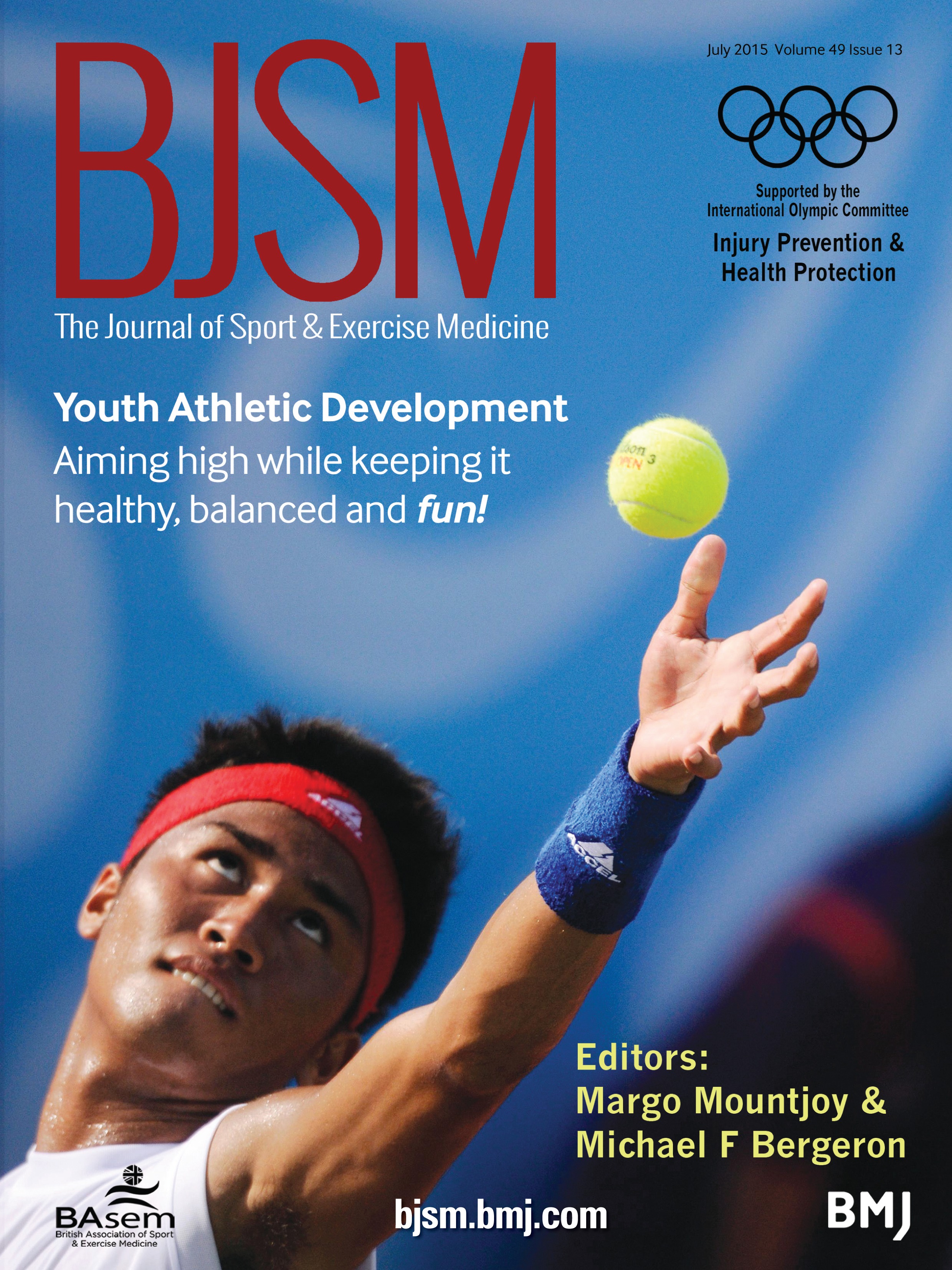
Immediate MRI referral vs. usual care in general practice in patients with traumatic knee complaints

Immediate MRI referral vs. usual care in general practice in patients with traumatic knee complaints
Does MRI add value in general practice for patients with traumatic knee complaints? A 1-year randomised controlled trial
Br J Sports Med. 2019 Oct;53(20):1285-1292.Did you know you're eligible to earn 0.5 CME credits for reading this report? Click Here
Synopsis
A non-inferiority trial including 356 patients presenting to a general practitioner with traumatic knee complaints were randomized to receive immediate referral for magnetic resonance imaging (MRI) or usual protocol directed by the guidelines provided by the Dutch college of general practitioners. The primary outcome of interest was the Lysholm knee score. Secondary outcomes of interest included t...
To view the full content, login to your account,
or start your 30-day FREE Trial today.
FREE TRIAL
LOGIN
Forgot Password?
Explore some of our unlocked ACE Reports below!

Learn about our AI Driven
High Impact Search Feature
Our AI driven High Impact metric calculates the impact an article will have by considering both the publishing journal and the content of the article itself. Built using the latest advances in natural language processing, OE High Impact predicts an article’s future number of citations better than impact factor alone.
Continue



 LOGIN
LOGIN

Join the Conversation
Please Login or Join to leave comments.